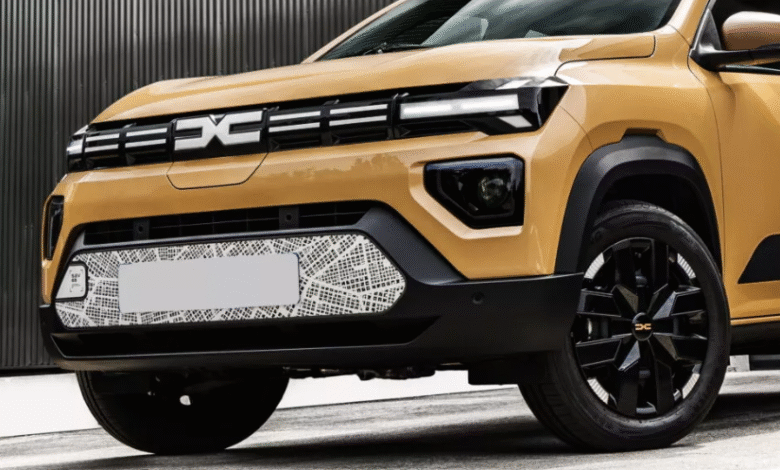Italy’s New EV Scrappage Scheme Makes Electric Cars Cheaper Than Ever — Starting at Just €3,900

In a bold move to accelerate its electric transition, Italy has unveiled one of Europe’s most generous EV scrappage schemes, slashing the cost of new electric cars to record lows. The initiative, worth €597 million ($700 million), is part of Italy’s broader effort to make sustainable mobility accessible to all — especially low-income households — and boost the country’s lagging EV adoption rate.
At a time when the average new car price continues to climb across Europe, Italy’s plan offers an unprecedented opportunity: qualified buyers can now own a brand-new Dacia Spring for as little as €3,900 ($4,600), a price point unheard of in the modern EV market.
A Push to Electrify Italy’s Roads
The Italian government aims to increase EV sales to 39,000 units by mid-2026, up from the current 5.2% market share — a figure far below the European Union average of 15.8%. To reach that goal, the incentives focus on helping lower-income citizens make the electric switch.
To unlock the full €11,000 ($12,900) subsidy, buyers must meet several key conditions:
- Trade in a Euro 5 or older vehicle registered before 2015.
- Reside in an urban area with over 50,000 inhabitants.
- Have a household income below €30,000 ($35,200).
Families earning up to €40,000 ($46,900) can still access a slightly reduced €9,000 ($10,600) discount. Meanwhile, small and medium-sized enterprises (SMEs) also benefit, with up to 30% of an EV’s cost covered, capped at €20,000 ($23,500) per vehicle.
Pocket-Friendly EV Prices Across Brands
The most striking example comes from Dacia, which cut the Spring EV’s Italian base price from €17,900 to €14,900 ($21,000 to $17,500). With the full scrappage bonus, the price tumbles to just €3,900 ($4,600) — effectively making it the cheapest new electric car in Europe.
The Spring Essential Electric 45 offers a 44 hp (33 kW) motor and a 26.8 kWh battery, providing a range of up to 225 km (140 miles) — perfect for city commuting.
Other automakers are also jumping in:
- Stellantis has reduced the Leapmotor T03 to €15,900 ($18,700) before incentives — just €4,900 ($5,800) after applying the full bonus.
- Fiat now offers the 500e from €9,950 ($11,700) and the all-new Grande Panda EV from €11,950 ($14,000).
- Citroën joins the race with the e-C3 starting at €12,900 ($15,100), while the e-C3 Aircross SUV comes in at €15,790 ($18,500) after discounts.
Even Peugeot and Opel are expected to follow with competitive offers, further intensifying the EV affordability race in Europe.
A Limited But Powerful Boost
Despite its appeal, the scrappage program’s strict eligibility criteria limit its reach. Only a narrow portion of Italian households qualify, meaning the program may deliver a short-term sales surge rather than a long-term market transformation. Still, the move sends a clear message: Italy is determined to accelerate the EV revolution, reduce emissions, and revitalize domestic auto sales after a challenging economic period.
If successful, Italy’s approach could serve as a blueprint for other European nations looking to make electric mobility more inclusive.
The Bottom Line
For Italian drivers sitting on an aging petrol or diesel car, 2025 may be the best time ever to go electric. With prices dropping below the cost of many used cars — and even rivaling some e-bikes — Italy’s new incentives may finally make the electric dream a reality for thousands of families.




